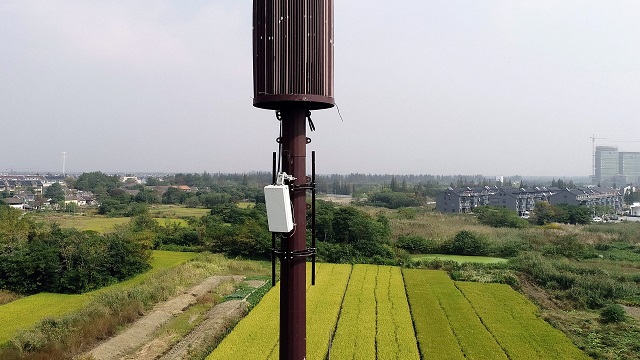Huawei has reported revenue of 401.3 billion yuan (+23.2 percent) or $58.28 billion with net profit margin of 8.7 percent in the first half of 2019.

Huawei had posted revenue of 179.7 billion yuan or $26.81 billion in the first quarter of 2019. The revenue of $31.47 billion during the second quarter of 2019 indicates that Huawei may have faced less challenge due to the ban on sourcing technology from US based companies and delay in signing 5G network deals.
Huawei has generated revenue of 220.8 billion yuan or $32.06 billion from consumer business, 146.5 billion yuan or $21.27 billion from carrier business and 31.6 billion yuan or $4.58 billion from enterprise business in the first half of 2019.
Huawei’s $21.27 billion sales revenue from carrier business in the first half of 2019 shows that it continues to lead the telecom network market – well ahead of Nokia, Ericsson, ZTE and Samsung.
Telecom network investments toward network Capex touched $70 billion (–2.5 percent) in Q1 2019, according to MTN Consulting. The slowdown in Capex is due to operator caution about market demand. Telecom operator revenues declined 3 percent to $456 billion during the first quarter.
Huawei did not reveal the geography-based revenue split this time. Huawei’s revenue has already taken a big hit in North America.
Huawei reported 15 percent growth in the first half of 2018. The significant increase in global revenue is despite bottlenecks faced by Huawei in several key markets. Huawei’s supply chain was significantly disrupted when it was put on a trade blacklist by the United States in mid-May.
The U.S. government alleges that Huawei is a national security risk as its telecom equipment could be used by Beijing to spy, which Huawei has repeatedly denied.
Huawei has received a three-month reprieve till August 19, and U.S. President Donald Trump signalled Washington would be relaxing the sanctions on Huawei, though details are unknown.
Huawei is unable to procure technology services and components from US-based technology companies such as Intel, Qualcomm, Google, Micron, among others.
Huawei said its carrier business achieved steady growth in the production and shipment of equipment for wireless networks, optical transmission, data communications, IT, and related product domains.
Huawei has secured 50 commercial 5G contracts till June-end as compared with 40 deals till March-end. Several telecom operators have decided to pause ordering 5G equipment from Huawei.
Huawei has shipped more than 150,000 base stations to markets till June-end as compared with 70,000 in May-end. Huawei is yet to reveal the name of its telecom operator customers for supplying 5G networks.
Huawei’s enterprise business said it remains a trusted supplier for government and utility customers, as well as customers in commercial sectors like finance, transportation, energy, and automobile. Huawei relies on China market for the growth of its enterprise division at present.
Huawei’s consumer business shipped 118 million units (+24 percent) of smartphones during the first half of 2019. Huawei had shipped 59 million smartphones in the first quarter of 2019. This indicates that Huawei did not improve the sale of phones in the second quarter as compared with the first quarter due to the challenging market conditions.
The company said it achieved rapid growth in its shipments of tablets, PCs, and wearables during the first half.
Huawei Mobile Services ecosystem has more than 800,000 registered developers and 500 million users worldwide.
Baburajan K





